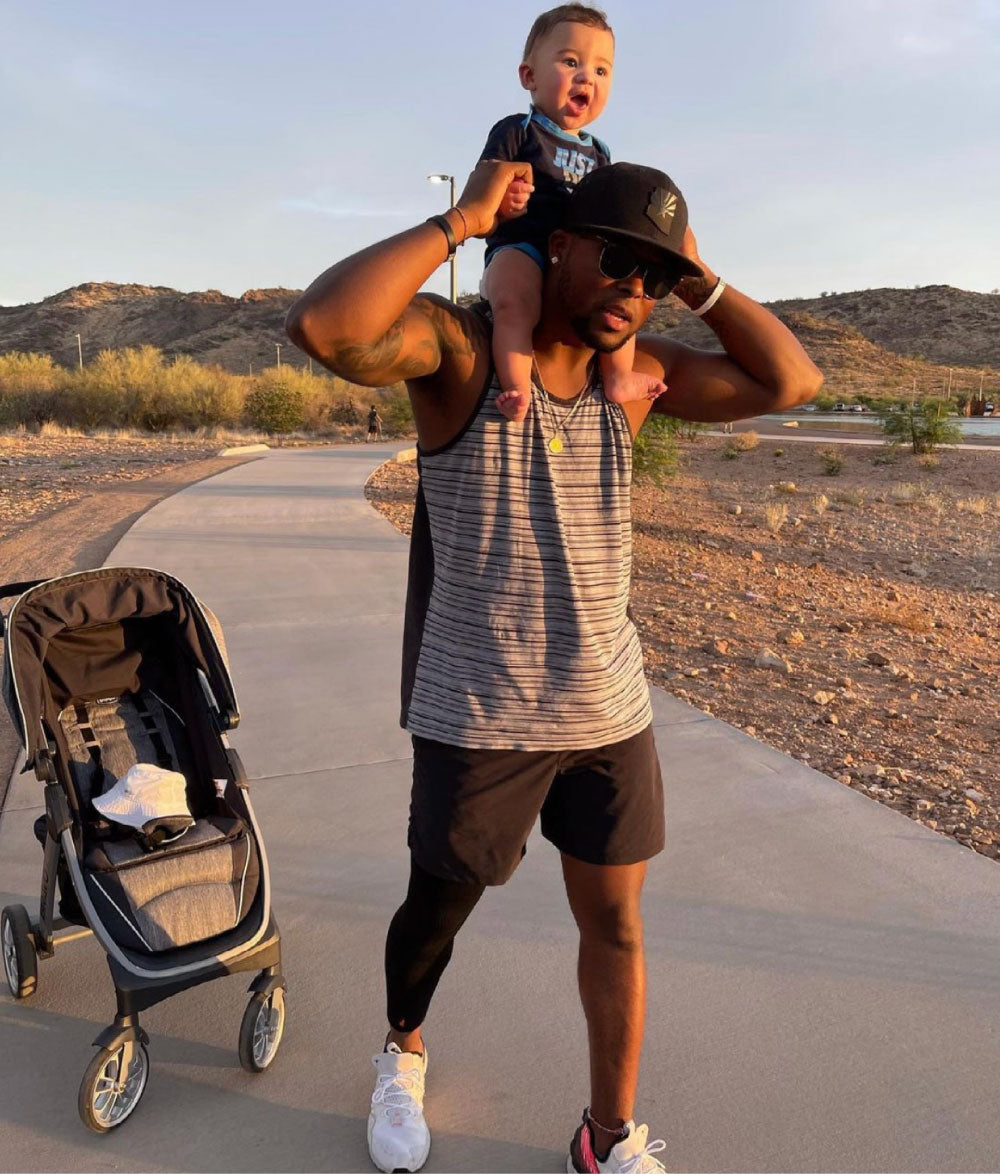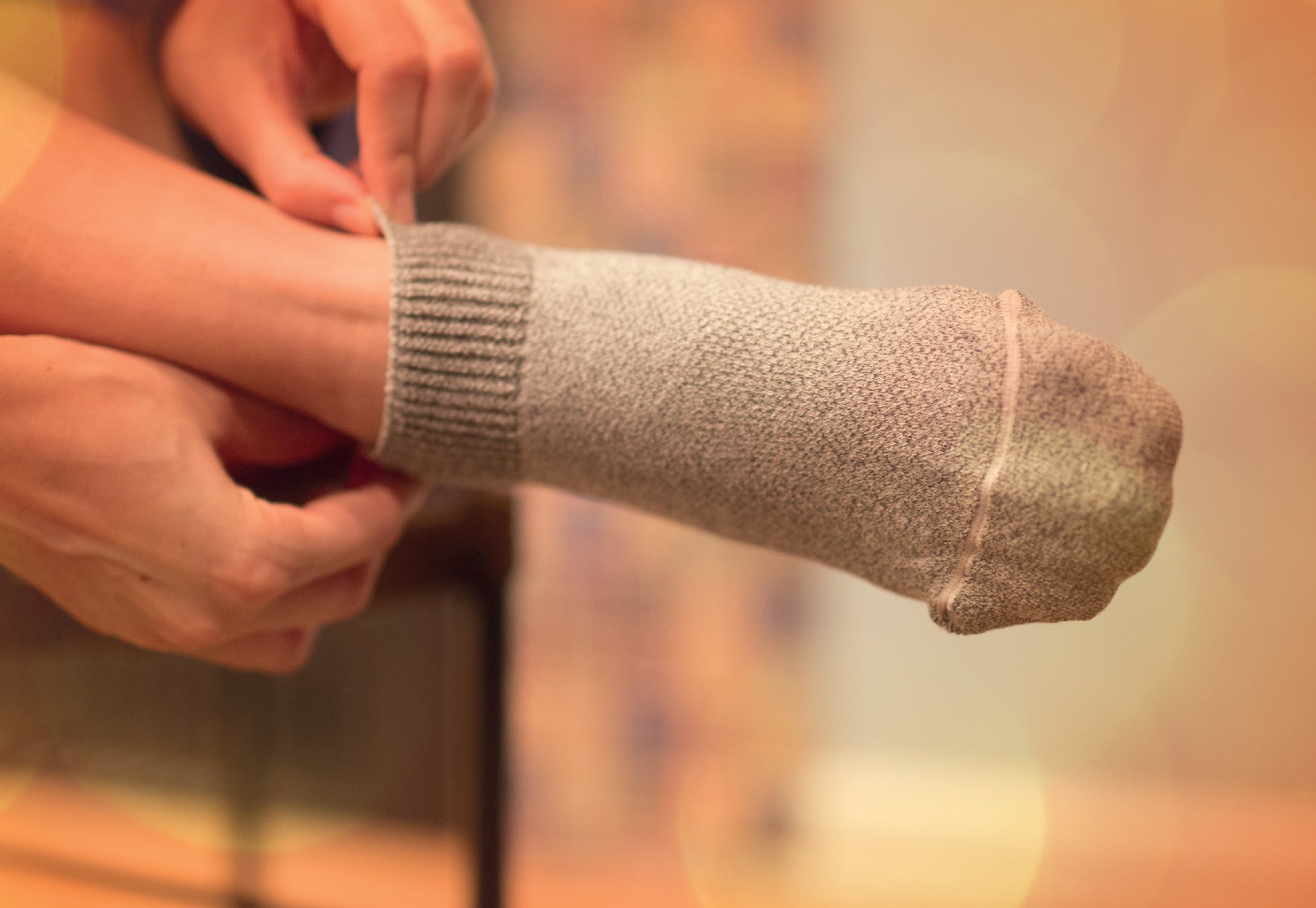Whether you work an active job or spend your days running around after your children, being on your feet all day can result in fatigue and soreness. If you find yourself in pain at the end of each day or struggling to get through your daily tasks, it can severely impact your quality of life.
But help for your foot pain is out there. Here are a few of our top strategies that you can use to start reducing or defeating it.

Make Sure Your Shoes Are Suitable
Unsuitable shoes are the biggest cause of sore feet. If they are the wrong size, the wrong style, or simply past their best, they could be contributing to that end-of-day foot pain. If you can afford to, purchasing high-quality, well-fitting shoes might be the key to eliminating or reducing your pain.
Since our feet are all unique and can continue to change size even in adulthood, it’s a good idea to get a professional fitting to ensure you are wearing the right size. You should also consider getting an expert’s advice on the best kind of shoes for the activities you’re doing.
Exercise Your Toes
Regularly stretching and exercising your toes helps to keep your feet strong and flexible. Over time, this will help to reduce your foot pain. The key here is consistency, so try to do at least one of these exercises every day.
Here are three exercises to try:
Toe and Heel Raises
Sit upright in a chair with your feet flat on the ground. Keeping your heels on the floor, slowly raise your toes off the ground. Hold for 5 seconds, then lower. Next, keep your toes on the ground and raise your heels, also for 5 seconds. Repeat 10 times.
Toe Extensions
Sit in a chair and lift one foot, placing it across the opposite thigh. Grasp your toes with your hand and slowly and gently pull your toes towards your ankle. You should feel a stretch along the bottom of the foot.
Hold for 10-15 seconds. If you wish, massage the arch of the foot with your other hand. Release and repeat on the other side.
Toe Splays
Sit in a chair with your feet resting on the floor. Spread your toes as far apart as you can without cramping or straining, and hold this position for 5-10 seconds. You can do this on both feet at once or one at a time, whichever you prefer. Repeat 10 times for each foot.
Roll a Golf Ball Under Your Feet
Rolling a golf ball (or a similar small, hard ball) under your feet provides a kind of impromptu foot massage, releasing tension and soothing sore muscles in the arch of your foot.
Sit in a chair with one foot flat on the floor. Place your golf ball under the other foot and press down as hard as you can comfortably. This exercise should not hurt. Roll the ball around with your foot, focusing on areas that feel particularly tight or sore.
Do this for 2-3 minutes on each foot.

Wear Circulation Socks
Poor circulation is often a cause of foot pain for those who are on their feet all day. A pair of quality circulation socks can make all the difference.
Our form-fitting, non-compression socks provide effortless comfort, ideal for all day wear. They are embedded with our signature blend of semiconductor elements, proven to increase blood flow and reduce pain associated with plantar fasciitis, vascular conditions, and neuropathy.
One of our lovely customers describes these socks as “the best pain management ever!” “I returned home after a couple of hours with little or no pain in my feet,” says another.

Get a Foot Massage
Massaging your own feet, either by hand or using the golf ball technique we described above, can help to reduce your pain. Better yet, get a professional massage from a qualified massage therapist with experience in treating foot pain.
While you may not be able to do this regularly due to cost, even an occasional professional foot massage can make a real difference if combined with other modes of treatment.
See a Professional
Being in pain from your daily activities isn’t normal and it is not something you need to live with. If you have tried to treat your pain but are still suffering, it’s time to see your doctor or a physiotherapist. They will be able to do a thorough examination, ensure that there are no underlying issues at play, and advise you on the best treatment plan for your needs.
Read more

Whether you’re trying to lose or gain weight, maintain your weight, put on muscle, or just get healthier, it can be tempting to use the scale as the sole measure of your progress. But while the we...

Life is busy and intense for parents, especially when their children are very young. If you are a parent, you might find yourself feeling tired, overwhelmed, and as though you do not have any time...







Leave a comment
All comments are moderated before being published.
This site is protected by hCaptcha and the hCaptcha Privacy Policy and Terms of Service apply.